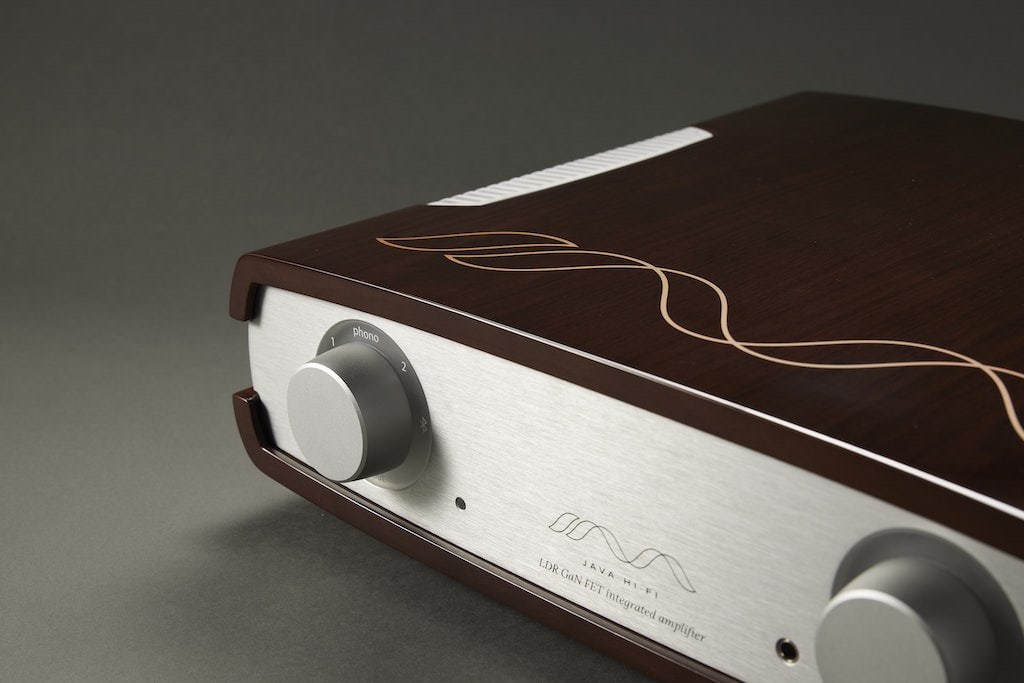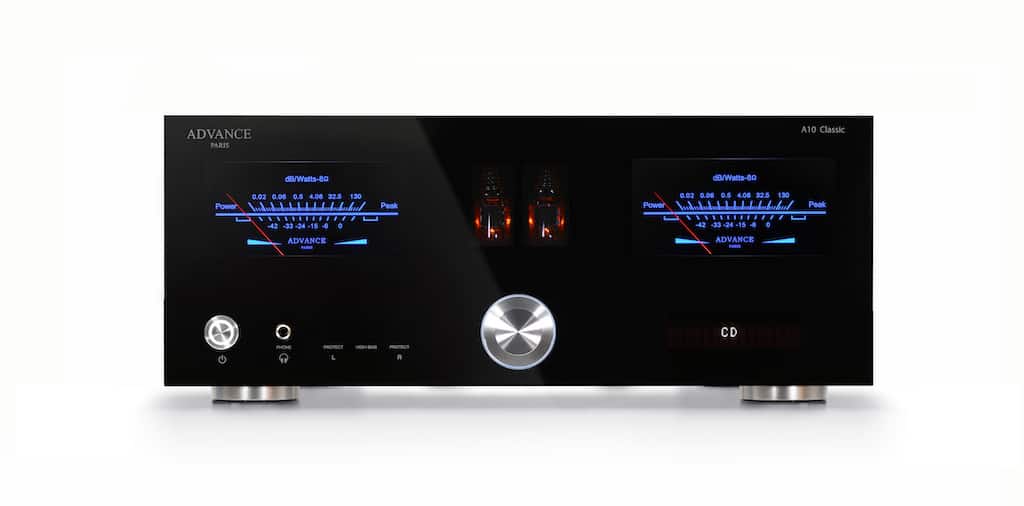PAT PILCHER gets a sneak peek at the next big version of Windows, along with some wow-factor Microsoft gadgetry. Here’s what he made of the intriguing Windows 10X.
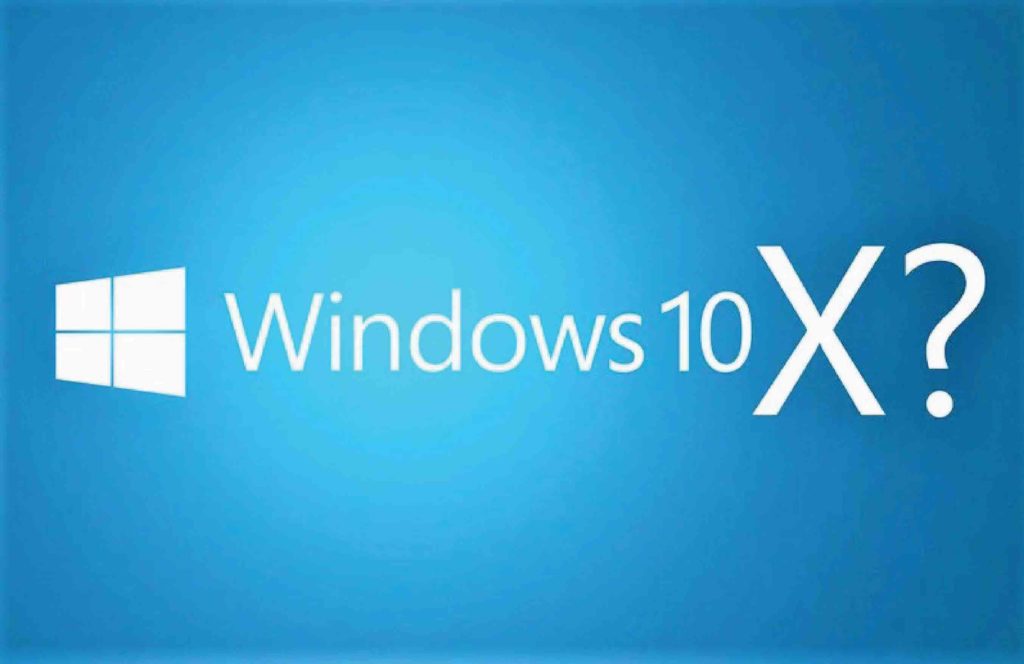
Microsoft showcased their 2019/20 Surface hardware line-up last week in Sydney. While the new gear had wow-factor, Microsoft’s rumoured dual-screen Surface Neo and Android-powered Duo phone were also shown, along with a new version of Windows, Windows 10X.
Any new versions of Windows are huge news. But there seems to be quite a bit of confusion around what Windows 10X is.
According to those in the know, Windows 10X is the official name for the rumoured Windows Lite/Santorini that Microsoft geeks were all abuzz over last year.
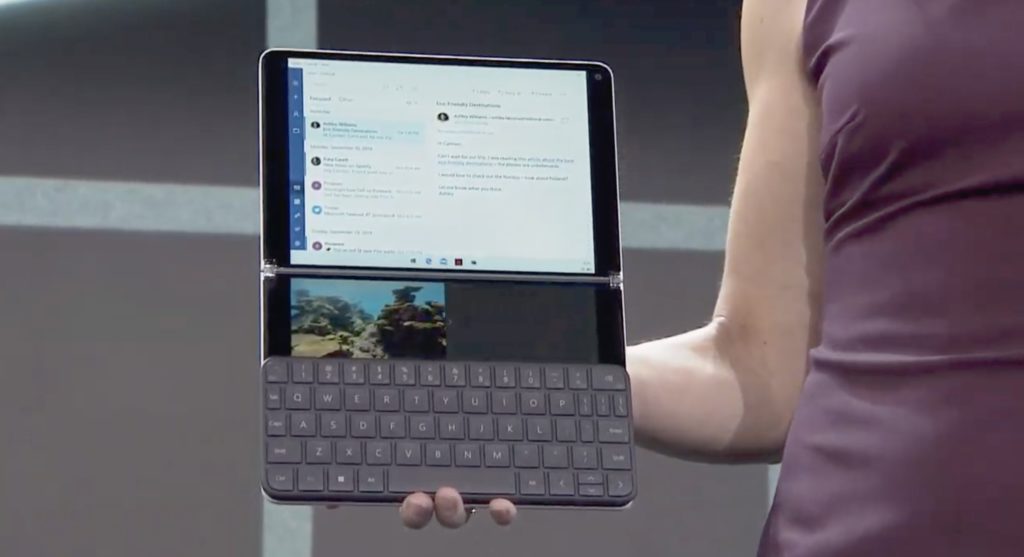
So… just what is it?
In a nutshell, it is a version of Windows 10 that is much more modular, and is tweaked to play nice with dual-screen and foldable gadgets.
Microsoft usually uses clear and concise naming conventions for their operating systems. While Intel and Apple have long used a confusing array of US place names for their OS and silicon, Microsoft stuck with Windows 7, 8, or 10 and so on. This makes Windows 10X confusing.
At the event I overheard others pondering why this version (10) had got paired with X (the Roman numeral for 10). Some were asking, “Should it be called Windows 10-10?” Evidently not. The Microsoft team confirmed it should be called Windows X (as in the letter X).
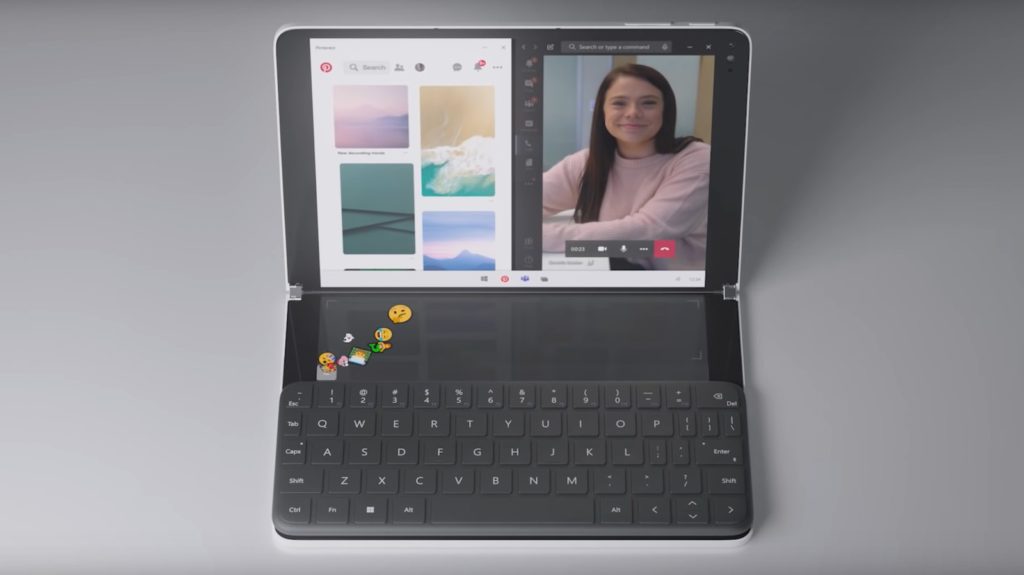
Windows 11 is looming large, so launching yet another flavour of Windows 10 might seem like a strange move. But it’s one that makes sense, as Windows 10X incorporates what Microsoft call WCOS – the heir apparent to Windows OneCore.
WCOS? WTF Is That?
WCOS was Microsoft’s first stab at building a standard set a set of operating system components into Windows. Doing so was to enable Windows to run PCs, the Xbox, HoloLens and other Windows-powered widgets. WCOS should simplify app development for Windows hardware, even when its form factor/function varies (e.g. PC vs Xbox or augmented reality headset).
Windows 10X will power Microsoft’s Surface Neo, a dual-screen Surface computing device that’s launching in mid-2020. It’ll also drive dual-screen and foldable Windows gear from Microsoft hardware partners such as Lenovo, HP and Dell.
Adding to the confusion is Microsoft’s newly announced – and gorgeous – Surface Pro X (which uses custom Qualcomm silicon/ARM architecture). Which will not run Windows 10X. Windows 10X appears to be Intel/AMD only.
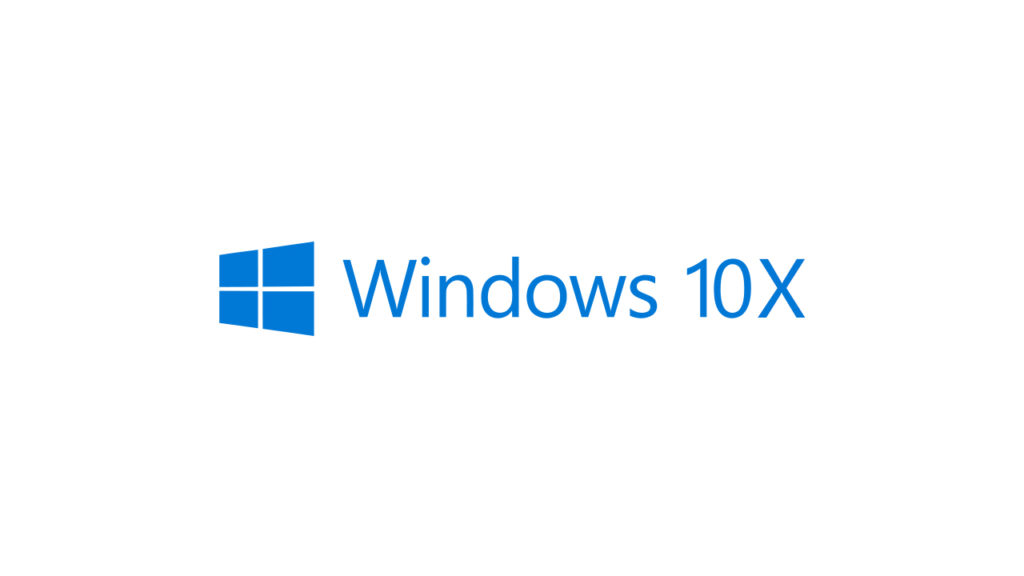
Another Bonus And Quirk
Another bonus with Windows 10X is that it is for foldable and dual-screen gadgets. In theory, this should accelerate the speed with which third party hardware partners can bring foldable/dual-screen gear to market.
Another quirk of Windows 10X is that it’ll run apps in what Microsoft calls ‘containers.’ These look to be a virtual machine (a software environment that simulates PC hardware). Microsoft says Containers will reduce “Win Rot” (the gradual slow-down of Windows over time) and offer quicker start-up times, as well as improved security. Either way, Windows 10X looks and feels pretty much like the Windows 10 that PC users are already using.
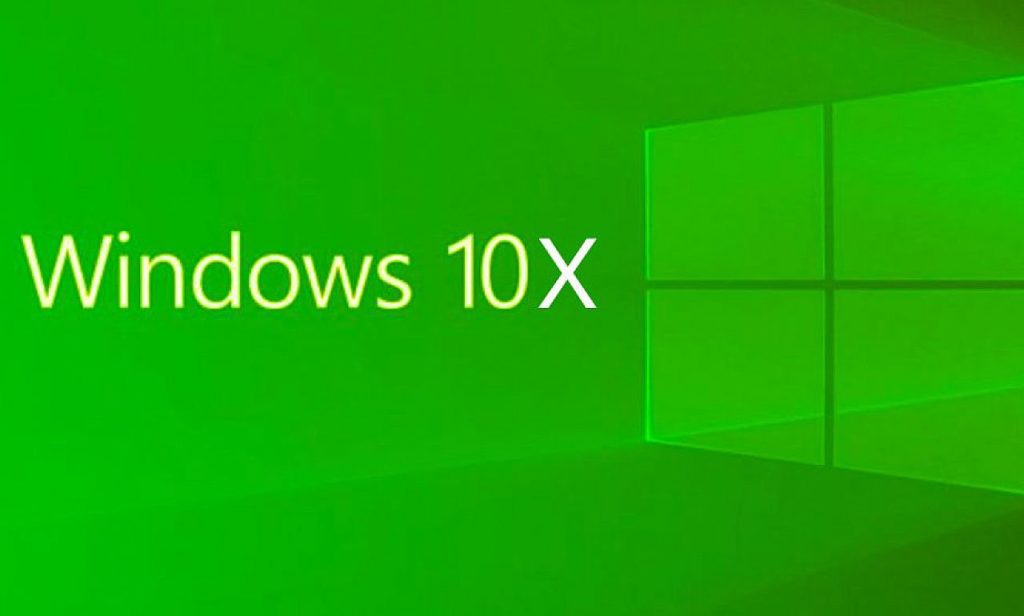
Windows 10X – Summary
If you’re already gritting your teeth at the thought of another locked-down version of Windows, don’t panic. Whereas Windows 10S only worked with apps from the app store, 10X will run everything, including legacy Win32 apps.
Windows 10X won’t hit the market until 2020, which probably means late 2020 in New Zealand. Either way, I can’t wait to check it out on Microsoft’s intriguing new hardware. Watch this space!










